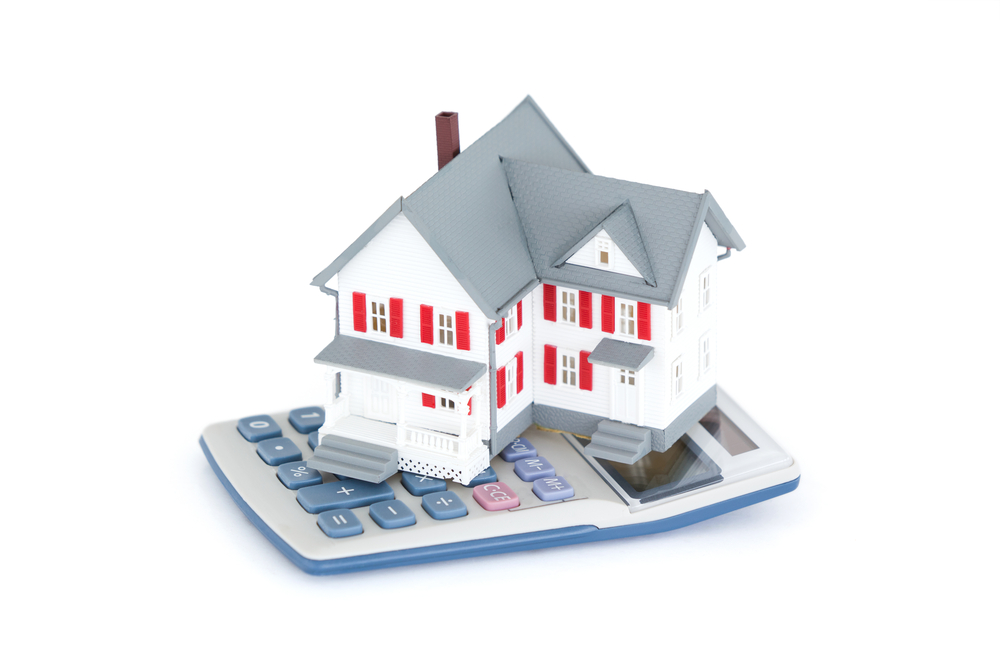3 min read

Not a big fan of reading? No worries, you can watch the video here:
https://youtu.be/fmpPqpZTDV0
When venturing into the business world, navigating the labyrinth of finance and credit can often feel overwhelming. This can especially ring true when confronted with seemingly complex jargon and concepts. One such important term that can often baffle entrepreneurs, particularly those seeking commercial loans, is "DSCR". In this blog post, we aim to break down the concept of DSCR and delve into DSCR loan rates, so that you can confidently navigate your business's financial landscape.
What is DSCR?
DSCR stands for Debt Service Coverage Ratio. In simple terms, it's a benchmark used by lenders to evaluate the creditworthiness of potential borrowers. It represents a measure of the cash flow available to pay current debt obligations, which is calculated by dividing the net operating income of a rental property by its total debt service.
For instance, a DSCR of 1.2 means that the business has 20% more income than it needs to meet its debt obligations. Conversely, a DSCR less than 1 suggests the business does not generate enough revenue to cover its debts, hence it's at higher risk. To calculate your DSCR, we suggest using this helpful DSCR calculator.
DSCR and Loan Rates
When it comes to DSCR and loan rates, there is a significant correlation. This ratio is one of the main criteria lenders consider when setting the interest rate on a loan. If the DSCR is high, the risk associated with lending to that business is lower. Consequently, the lender may offer a more favorable (i.e., lower) loan rate. On the other hand, a lower DSCR could result in higher loan rates or even denial of the loan application.
The use of DSCR is not limited to setting loan rates. It also plays a vital role in determining the loan amount, term, and covenants. However, the impact on loan rates is particularly significant, which brings us to our main point.
How to Improve Your DSCR
To get the most favorable DSCR loan rates, you need to improve your Debt Service Coverage Ratio. Here are a few strategies that could help you achieve that:
-
Increase Revenue: Boosting your business's revenue is the most straightforward way to improve your DSCR. This could be achieved by expanding your product/service offerings, entering new markets, or implementing effective marketing strategies.
-
Decrease Operating Expenses: Cutting unnecessary costs and improving operational efficiency can also positively affect your DSCR. This may involve renegotiating contracts with tenants.
-
Refinance Existing Debt: If your rental property has a significant amount of high-interest debt, refinancing to secure a lower interest rate could potentially decrease your total debt service and improve your DSCR.
Navigating DSCR Loan Rates
Securing the best DSCR loan rates requires preparation and strategic planning. Being aware of your rental properties financial health, particularly its DSCR, is pivotal in this process. Keep a close eye on your income and expenses and continuously seek ways to increase the former and decrease the latter.
To wrap up, navigating the realm of real estate finance doesn't have to be a confusing maze. When broken down into its constituent parts, concepts like DSCR become much more approachable. By improving your understanding of DSCR loan rates and implementing strategies to improve your homes DSCR, you can confidently step into negotiations with lenders, secure the best possible terms, and put your business on the path to success.
Table of Content

Take your pick of loans
Experience a clear, stress-free loan process with personalized service and expert guidance.
Get a quote


